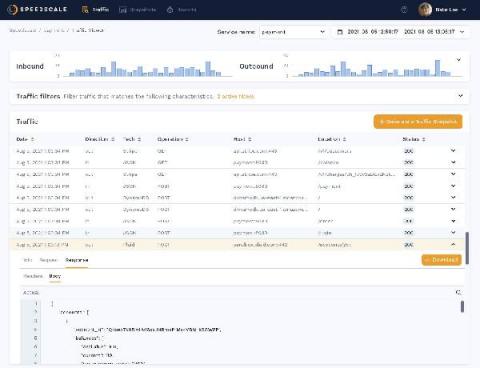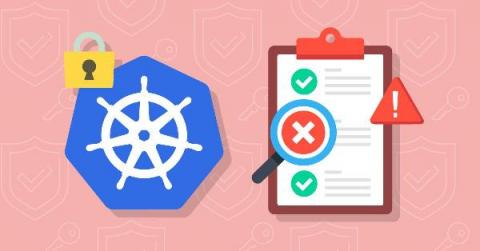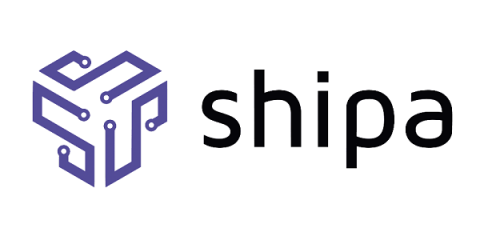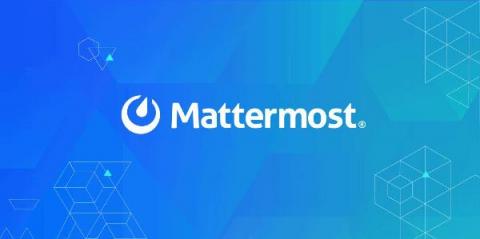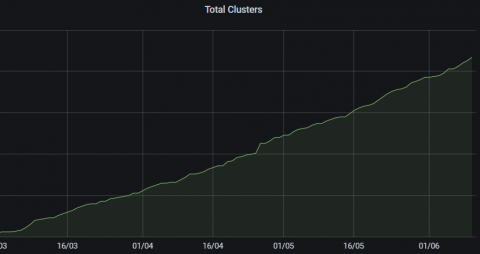Speedscale Announces New Software Release: Traffic Viewer for API Visibility in Kubernetes Clusters
We are excited to announce a new global release of our software with unique API visibility features to help organizations discover problems with their cloud services well before they impact customers in production.


